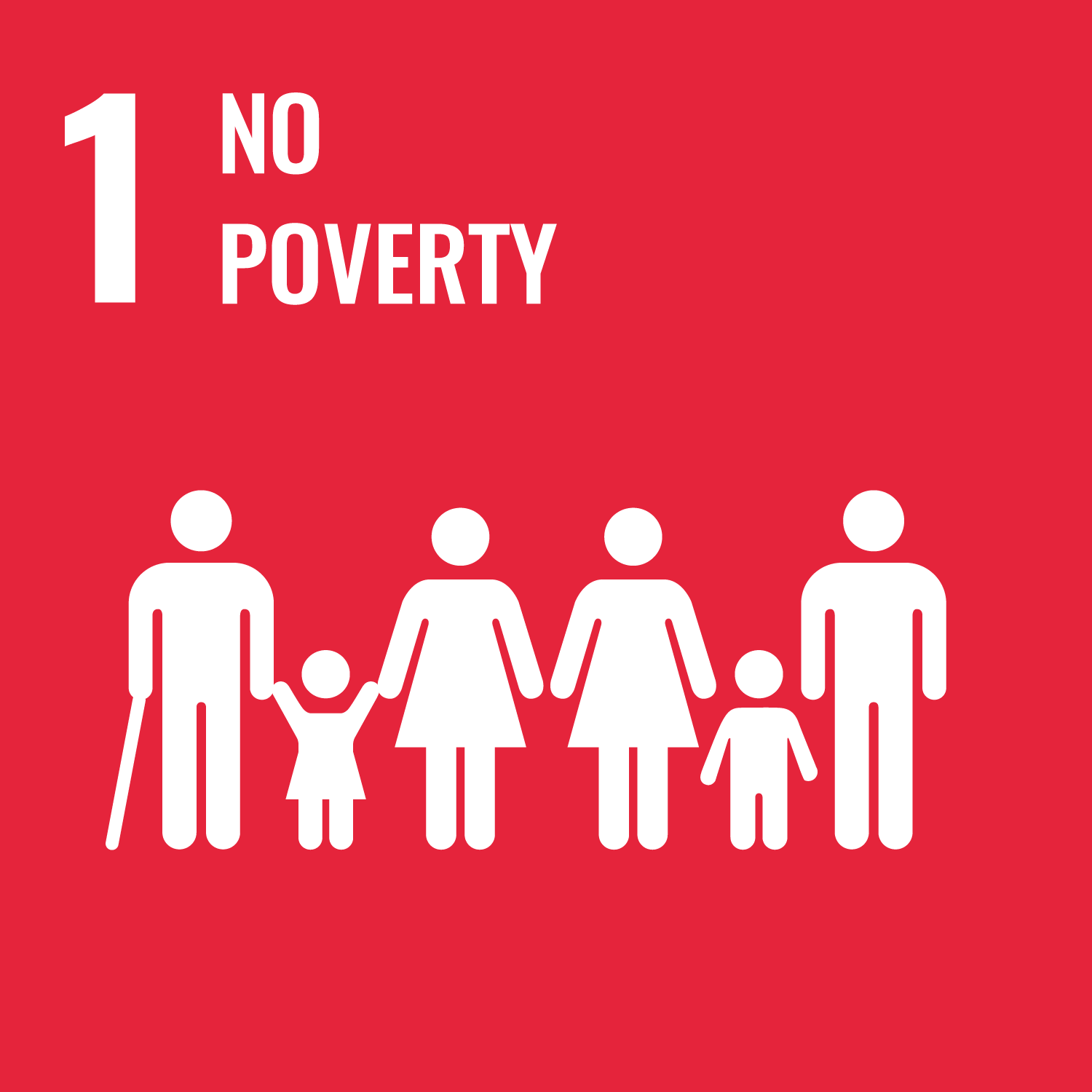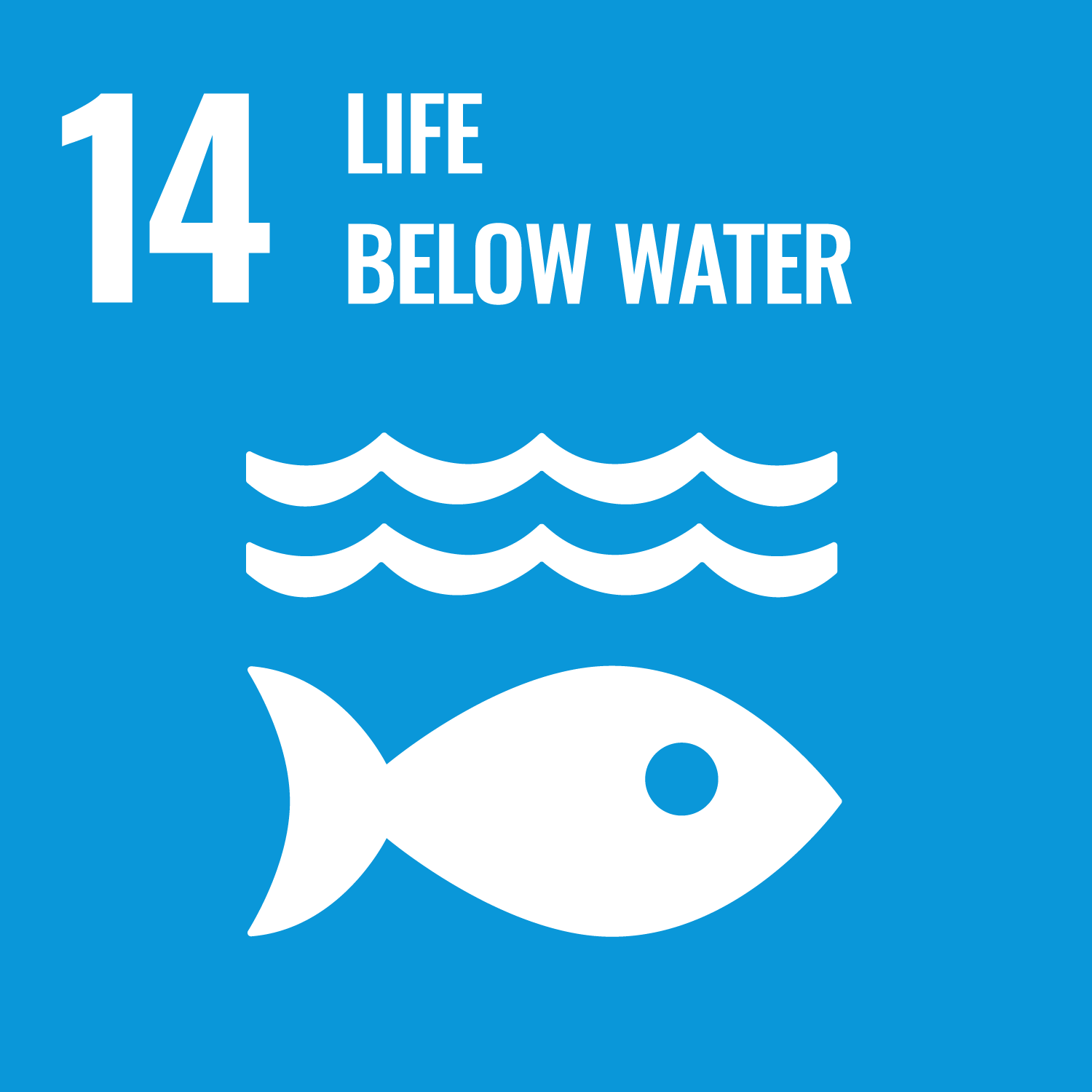Two interconnected ideas explain the Joint SDG Fund’s 1st Call for Funding on SDG Financing.
A new sustainable financial system is underway. It is rooted in the idea of empowering countries to link the Sustainable Development Goals (SDGs) with strategies (planning) and means (money). While we still do not know exactly what it will look like, we do know that international financial flows are failing to address the world’s challenges from halting climate change to reversing inequality trends. While not ready, the stage has been prepared.
“The politics is still like treacle, but the regulatory and economic blender is finally whirring” said Hugh Wheelan, Owner and Managing editor for Responsible Investor.
This is not only about putting USD into the development blender, but about making better allocations and investments towards the SDGs and innovating to allow “purpose” to be linked to investment decisions. What does this mean? Some UN colleagues will answer Integrated National Financing Frameworks, i.e. building the enabling environment (legal, political, etc.) and the supporting ecosystems (institutions and people) for different forms of capital to flow. This is still furthermost about connecting public planning (what we aim to do) with financing (what we expect we can mobilize). To get a real sense of what’s happening read the 2019 Financing for Sustainable Development Report.
The second idea is to innovate, adapt to the SDGs and replicate. Without addressing systemic bottlenecks in the financial sector (public & private), the SDGs will hardly be reached on time. Frameworks, policies, and institutions are all needed (often pre-conditions for investments) as the world needs a stronger push, particularly in countries and geographies that are being left behind. Additional evidence and targeted investment can lead to replication and scaling up, even in the most difficult contexts, such as in Least Developed Countries, Small Island Developing States or fragile states (read the OECD/UNCDF’s report on making blended finance work for LDCs).
As resources are limited, a catalytic pipeline needs to demonstrate that different forms of capital can be aligned with the SDGs. Increasing evidence points out that investing in the SDGs makes economic sense, with an estimated US$12 trillion of market opportunities. Responsible investment strategies, from exclusion lists to impact investing, have grown and now add up to US$31 trillion (2018). However, we must be mindful as there is no single formula for responsibly investing in the SDGs. Official Development Assistance will continue to be critical and private capital is not a fit for all purposes.
Social and technological innovations along with behavioral change will all help to solve the puzzle. These two ideas constitute the frame of the 1st Call on SDG Financing with the total value: $100 million, which was released on December 20th, 2019 by Joint SDG Fund. This is a call to action for the UN system:
- Reinforce the SDG financing architecture (Component 1) made of financing strategies and enabling frameworks for SDG investment, strengthened capacities of the SDG financing institutions, and better public-private partnerships and dialogues on SDG investing.
- Catalyze strategic investments (Component 2) in key initiatives that can leverage public and private financing for the SDGs to provide a demonstration of concept and be scalable.
The Joint SDG Fund was created to accelerate the achievement of the Sustainable Development Goals (SDGs)- the world’s blueprint for peace, prosperity and our planet-and as a prompt to realize the #NextGen UN. The call was guided and informed by the latest UN strategies (read: UN Secretary-General’s Strategy for Financing the 2030 Agenda) and research.




















